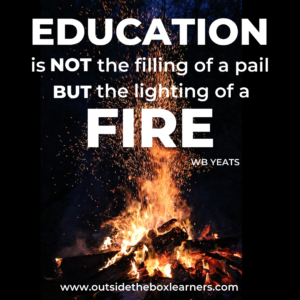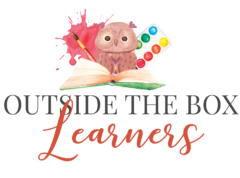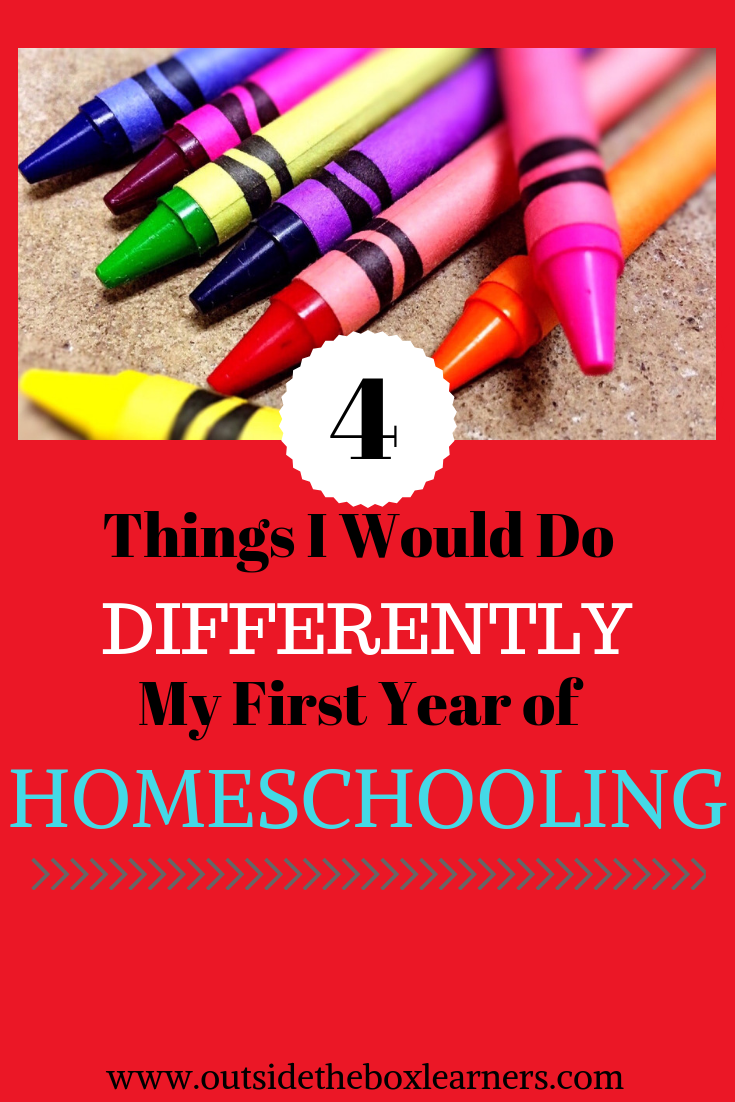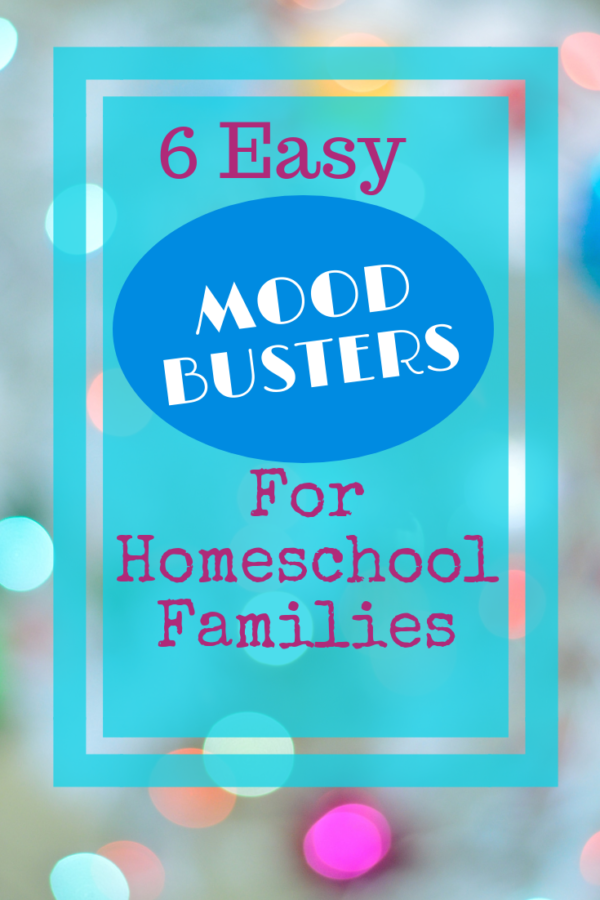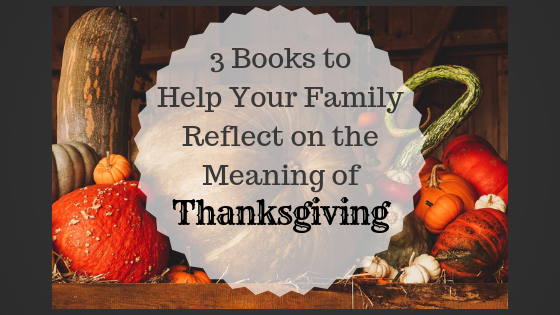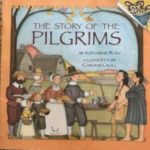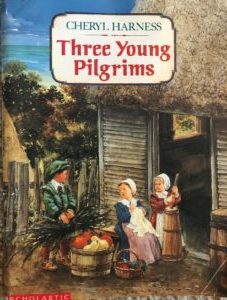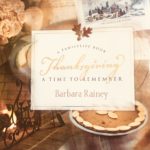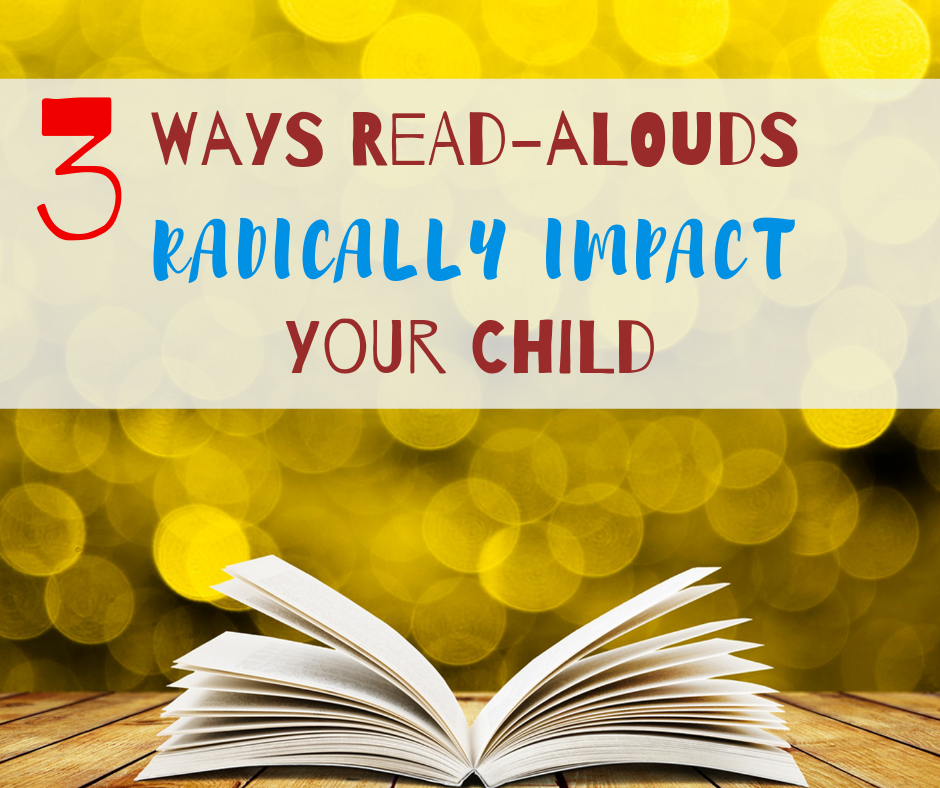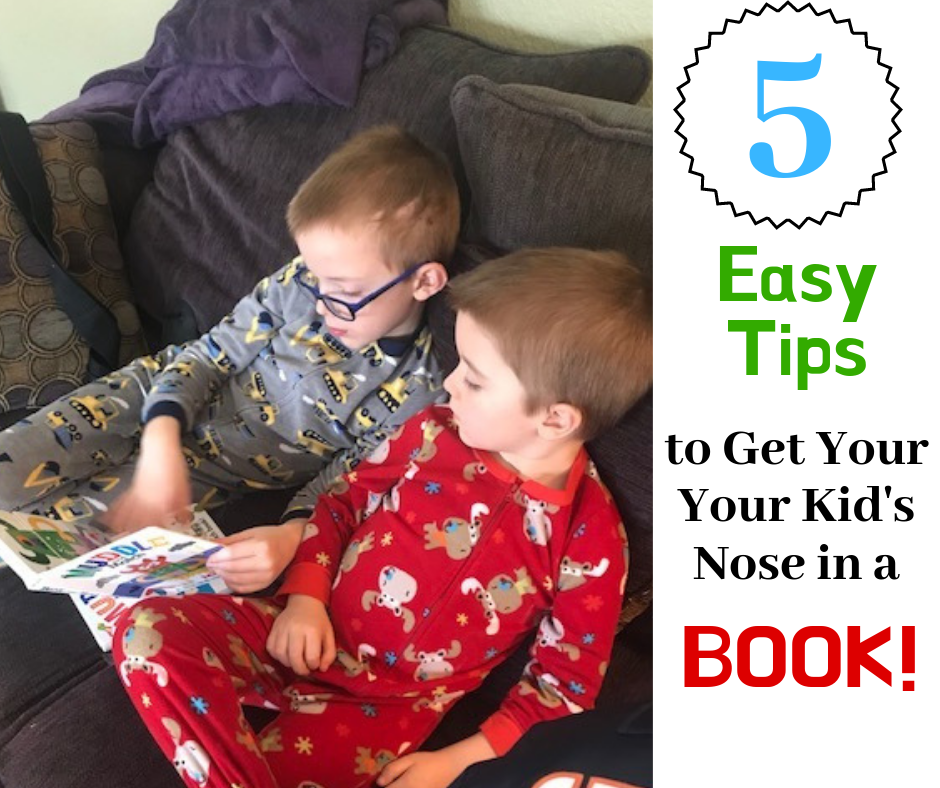I’m in my 6th year of homeschooling. I started when my daughter was in Kindergarten. That first year I wanted to keep things as simple as possible, so I bought an all-in-one boxed curriculum. This did not work the best for my oldest child and you can read a little about that here where I talk about how we became outside-the-box learners.
I had very few homeschool mentors in those early years, not to mention hardly any homeschool friends. I was not homeschooled (13 years of public school here!) And I did not have a ton of direction. And having the background of being a classroom teacher, I very much thought of homeschooling as doing school at home.
I think having a few people that can help and come alongside you during those first few years is CRUCIAL and is part of the reason I’m passionate about my blog and hopefully providing encouragement to moms, especially moms out there homeschooling their outside-the-box kids.
I know it’s not good to dwell in the past, but I do often think about what I would do differently if I could turn back time. So if you’re new to homeschooling (especially if you’re homeschooling a kindergartener or 1st grader) or just need some encouragement that homeschooling DOES not need to look like school at home, read on!
This blog post contains affiliate links and any purchases made through such links will result in a small commission for me (at no extra cost to you).
4 things I would do differently my first year of homeschooling
1) I would skip the language arts curriculum- and just read aloud to them!
Turn your child on to the beauty of great stories! Read, read, and then read some more! Two books that have great read-aloud suggestions are Honey For A Child’s Heart and Books Children Love.
2) I would rest in the fact that homeschooling can be FUN and doesn’t have to be painful feel like school.
My first year I tried to do “circle time”- morning time with the weather and days of the week, number of days of school, etc.. My daughter despised circle time but I felt like I needed to do it because that was what kids did at school. Oh, how I wish I could go back and ditch the circle time.
If your child has an interest, it is ok to go along with that interest, and go deep with it! Get tons of books on whatever topic they’re interested in! Play games, take nature walks, bake together… enjoy each other!
3) I would have focused on hand-strength and letter formation in other mediums (sand, salt, shaving cream, play dough, etc.) over actual handwriting…
ESPECIALLY for my son with fine motor issues, and I would’ve waited until AT LEAST age 6 to get out the handwriting workbooks! If kids are interested in handwriting, then that’s different, let them write!
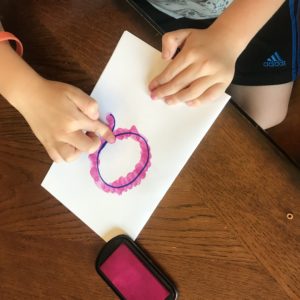
I also would’ve gotten Thinking Putty (great for building hand strength, which is necessary for fine motor skills) for my kids to play with during read-aloud.
We have about ten cans now (they get some each year for Christmas and birthdays!), and just today they enjoyed playing with their thinking putty during our read-aloud time. My daughter specifically chose her Super Scarab Putty to go along with our story which is set in Ancient Egypt!
4) I would’ve ditched the math curriculum and DEFINITELY would have ditched the timed tests!
IT IS NOT NECESSARY FOR A 6 OR 7-YEAR-OLD TO DO TIMED MATH TESTS! Oh, the tears that didn’t need to be shed… Makes this mama’s heart break. Now if you have a kid who loves timed tests, go for it! But if you don’t, know there are plenty of other ways to learn the facts.
If I could go back to kindergarten and 1st grade for my oldest child, I would play lots of number games that focus on the facts and number sense. Most kids these days do not have a good foundation with their facts, which means everything math-related is going to be more difficult.
This book has great ideas for math games:
Hopefully, my loss can be your gain. Homeschooling does not need to be a difficult thing. It can, and SHOULD be enjoyable.
